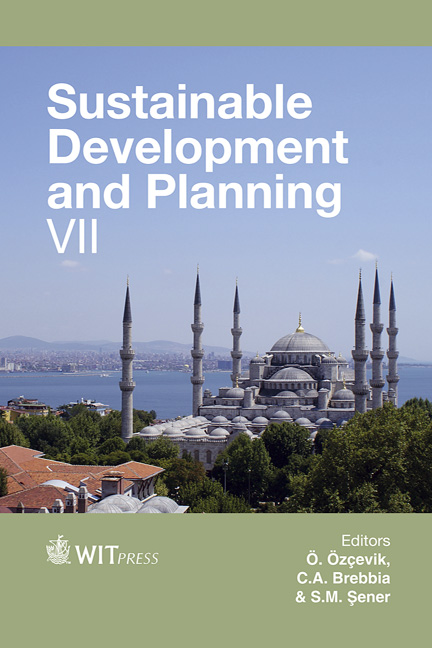Influence Of Park Governance On Tourism Development In Kinabalu Park, Malaysia Borneo
Price
Free (open access)
Transaction
Volume
193
Pages
11
Page Range
929 - 939
Published
2015
Size
343 kb
Paper DOI
10.2495/SDP150781
Copyright
WIT Press
Author(s)
H. C. Goh
Abstract
Kinabalu Park is a Type II protected area according to the IUCN Protected Area management category system. It is also Malaysia’s first UNESCO World Heritage Site for natural category. Since its establishment in 1964, the park has been one of the most visited protected areas in the country among the domestic and international visitors. Popular tourism activities include nature trail exploring, hot spring bathing and mountain climbing. These tourism activities have not only brought in substantial income to the park to economically justify its presence but also to support its nature conservation in an integrated manner including financial revenue generation, sharing of scientific research findings as well as environmental education. These activities also benefit the local communities living in the surrounding area by diversifying the job opportunities in the rural area. Over the years, the park has witnessed several changes in its governance with the involvement of private sector and local community in its tourism management. This series of changes have impacted both the park management and the tourism development. This paper reveals some research findings on these developments and the subsequent issues based on the time-series study conducted in the park between 2005 and 2014. This research employs a pragmatic approach combining both the quantitative and qualitative methods in data collection and analysis. Questionnaire survey and interviews were conducted on the park visitors, mountain guides, porters and the park staff. The research reveals that, while the changes in governance support the guiding principles of sustainable tourism in the long run in terms of local participation, capacity building and multi-stakeholders involvement, the issues pertaining to the profit-oriented nature of the private sector and the increasing expectation among the visitors for better educational experience require better attention by the park authority in order to meet its society’s objectives and nature conservation through tourism development.
Keywords
sustainable tourism, protected area, World Heritage Site, mountain guides, local participation, capacity building





